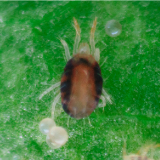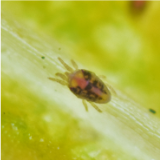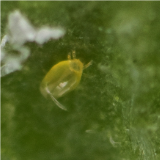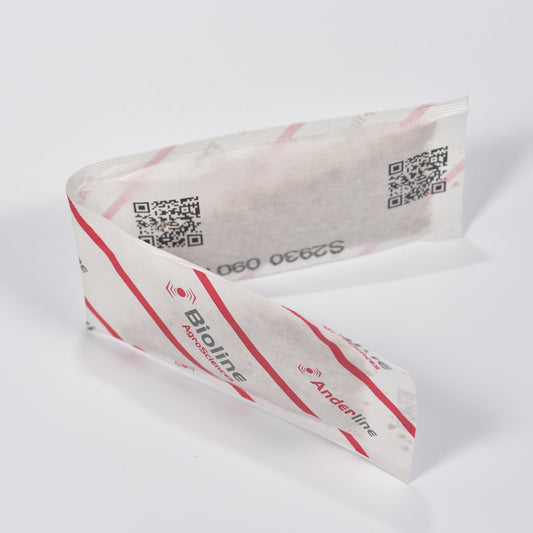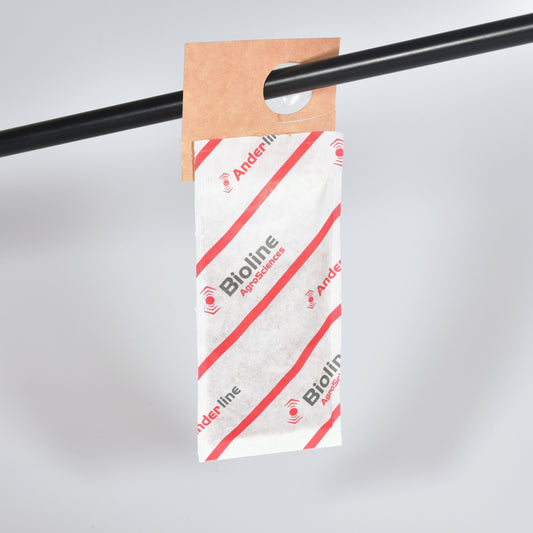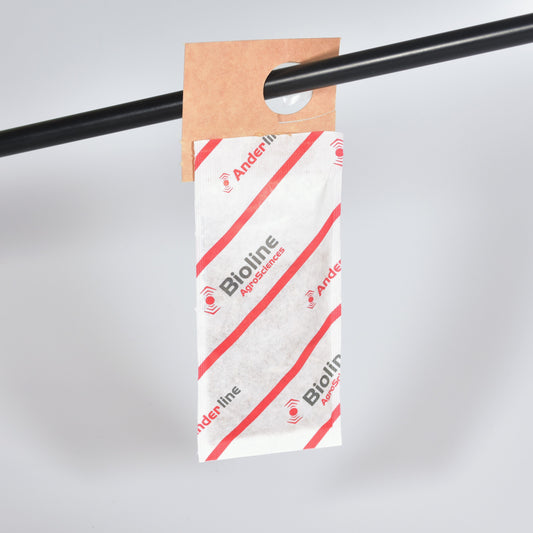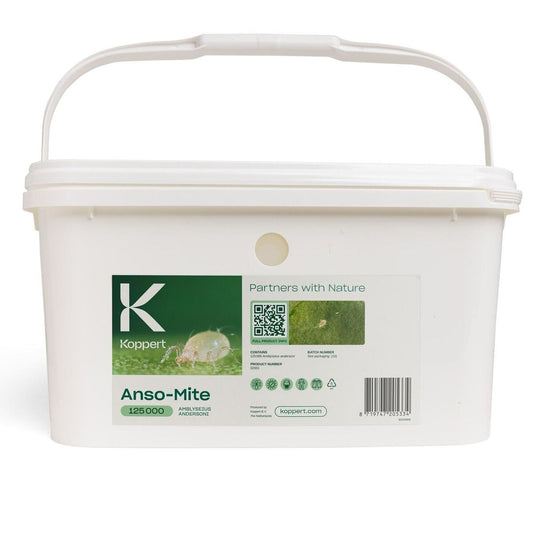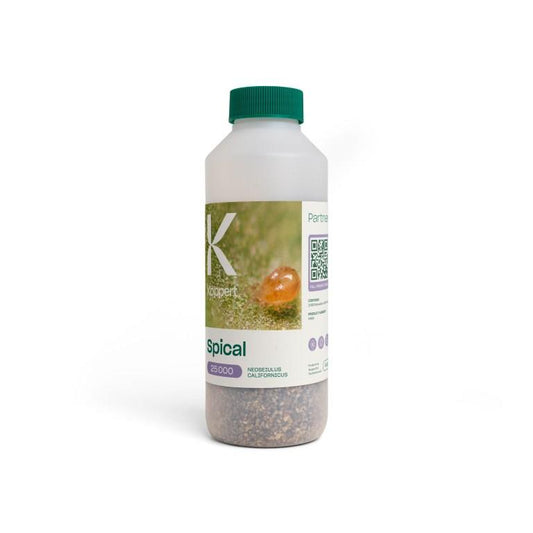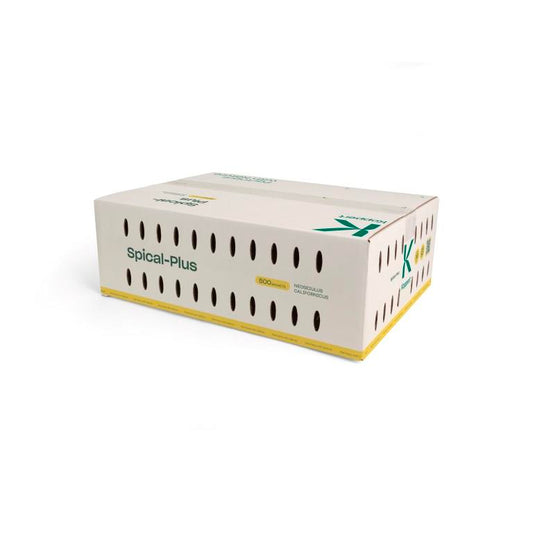
Common mite species
How to recognize mites
Mites are not insects, but belong to the arachnids, the group of spiders. The adult stages have four pairs of legs and younger stages only have three pairs of legs. While insects usually have antennae, mites lack antennae. Mites have many host plant species, both indoors and outdoors. They feed by sucking plant saps from the leaves. This results in small spots and discolorations on the leaves, and deformations of plant growth tips. During heavy infestation, leaves can die off and drop early.
Mite damage
Spider mites: Most well-known is the two-spotted spider mite, which is light gray-green colored with two characteristic dark spots on the flanks. During winter they can turn red. Eggs are deposited on the underside of the leaf and are usually protected by silk threads. During heavy infestation, entire plant tops can be covered by silk threads. Other dark red spider mites that can be found on leaves are citrus spider mite and European red mite.
False spider mites: These tiny red mites mainly occur on leaves. They hardly move, sitting quietly alongside leaf veins on the upper or underside of the leaves. With a good magnifying glass, they are barely visible. They can cause a lot of damage: rust brown discoloration of plant tissue starting along the veins, but later expanding across the leaves. This will result in leaf drop.
Tarsonemid mites: This is a completely different group of mites that usually can be found on the upper parts of plants. The mites are too small for the naked eye and can only be seen with a magnifying glass. The damage is clearly visible: leaf distortion on plant tips. In case of severe infestation atrophy of the upper leaves and growth inhibition occurs. The mites are very small and translucent. They are not very mobile, so they aggregate on growth tips, hidden between the young leaves.

A plant overrun by two-spotted spider mite
How to control mites
-
ANDERSONI gemini - 100
-
ANDERSONI - 100
-
ANDERSONI - 200
-
ANSO-MITE - 125.000
-
SPICAL - 25.000
-
SPICAL-PLUS - 100
-
SPICAL-PLUS - 25
Vendor:KoppertRegular price €26.86 €26.86 inc. VATRegular priceUnit price €26.86 €26.86 inc. VAT / per€26,86 EURSale price €26.86 €26.86 inc. VAT -
SPICAL-PLUS - 500

